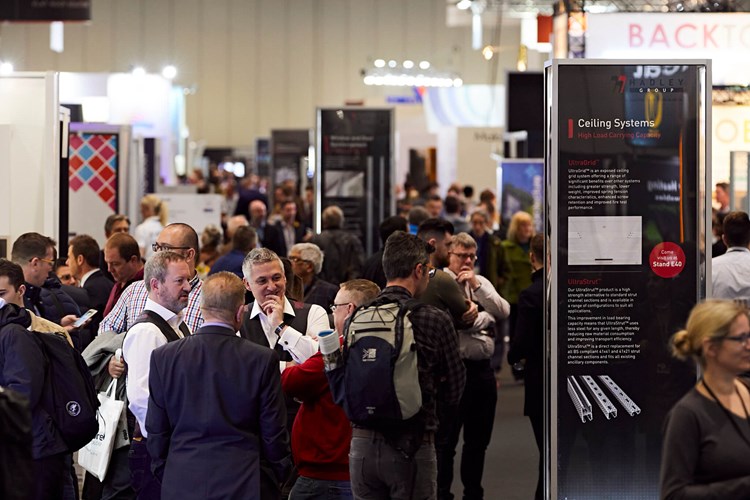This year saw the “first” Futurebuild event at ExCel London, having previously been known as Ecobuild. Whatever the name, it remains clear that the future of construction is “eco”. From technical brochures selling the virtues of innovative build products to the various seminars scattered across the hall, barely a paragraph could be seen or heard without some mention of emissions, climate or circular economies.
It wasn’t so much what was new or radically different at Futurebuild, but more the growing urgency of the green agenda and momentum of policy that influences it.
Part L Review – a taste of what we can expect
The increasing focus on “green” construction was no more evident than in the Government-sponsored Innovation Zone, where speakers described the various policies that will influence the 2020 review into Part L of the Building Regulations.
At the heart of the Government’s Industrial Strategy are four “grand challenges.” While all four will have some bearing on how we build and manage homes, a lot of attention was focused on the Clean Growth Challenge, with its headline objective of halving the energy use of all new buildings by 2030. Together with the EU’s Energy Performance of Building Directive (there was no indication of the impact Brexit would have here), and a consultation later in 2019, delegates were told that these are the main policies and discussions that will influence the Part L review.
Where was the Internet of Things?
Even with the cavernous hall almost full of exhibitors promoting an impressive array of products and services, the “Internet of Things” had a very low-key presence. We saw browser-based dashboards measuring a building’s real-time energy generation and usage but there was more emphasis on construction processes, productivity, material design and performance than digital connectivity. “Smart” living devices and consumer appliances might be for another show, but have recent high-profile hacks and data breaches made the champions of a fully connected world a little more cautious?
Getting new materials right, and using the right materials for the job
In the Materials Zone, a geosynthetics supplier (roofing membranes, vapour barriers and so on) called on designers, specifiers and builders to ask more questions of the products and materials they use so they were always best suited for specific uses. Nearby, product approval and certifiers BBA described their testing and approval processes in detail. Jointly, their message was that the effectiveness of innovative materials risked being compromised without adequate testing and specifiers making sufficient enquiries into performance data.
Local Authority Building Control (LABC) launched LABC Assured, a process that certifies products or systems that meet building control and LABC Warranty’s structural warranty requirements in England and Wales, or building standards compliance in Scotland. It proved popular, with plenty of visitors taking brochures or registering their details to receive more information and apply.
Going green and staying safe
Timber product certification was also on offer in the Offsite Zone via the Structural Timber Association. Nevertheless, there was concern of unintentional consequences from the Hackitt Review. Architect Anthony Thistleton espoused the virtues of using cross laminated timber (CLT), but lamented that the recently updated combustible cladding standards via Approved Document B risked the use of CLT falling out of favour entirely.
He cited a worldwide policy to plant massive managed forests designed to absorb rising CO2 emissions and help tackle climate change, forests that could provide extra timber to be used in construction at a far greater scale than is presently.
This might be another argument for the Part L consultation – can CLT play nice with Part B? By the time we roll up for Futurebuild 2020, we may have some answers.



Have your say